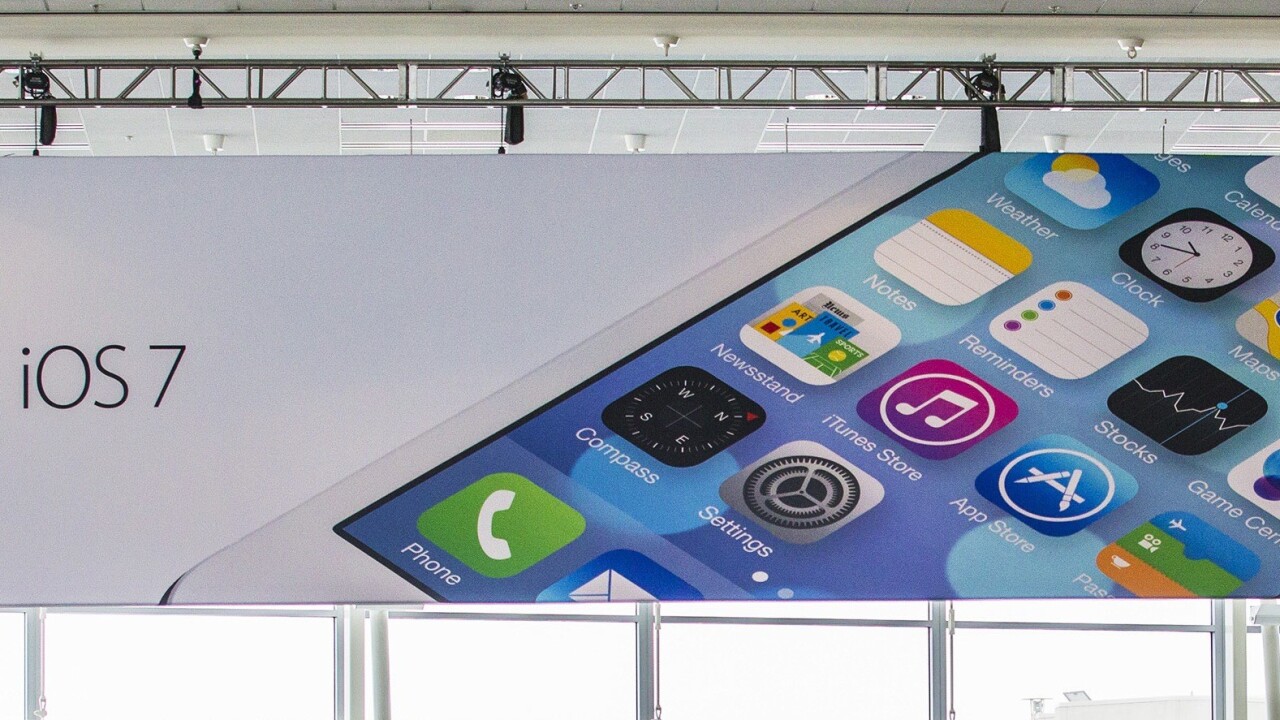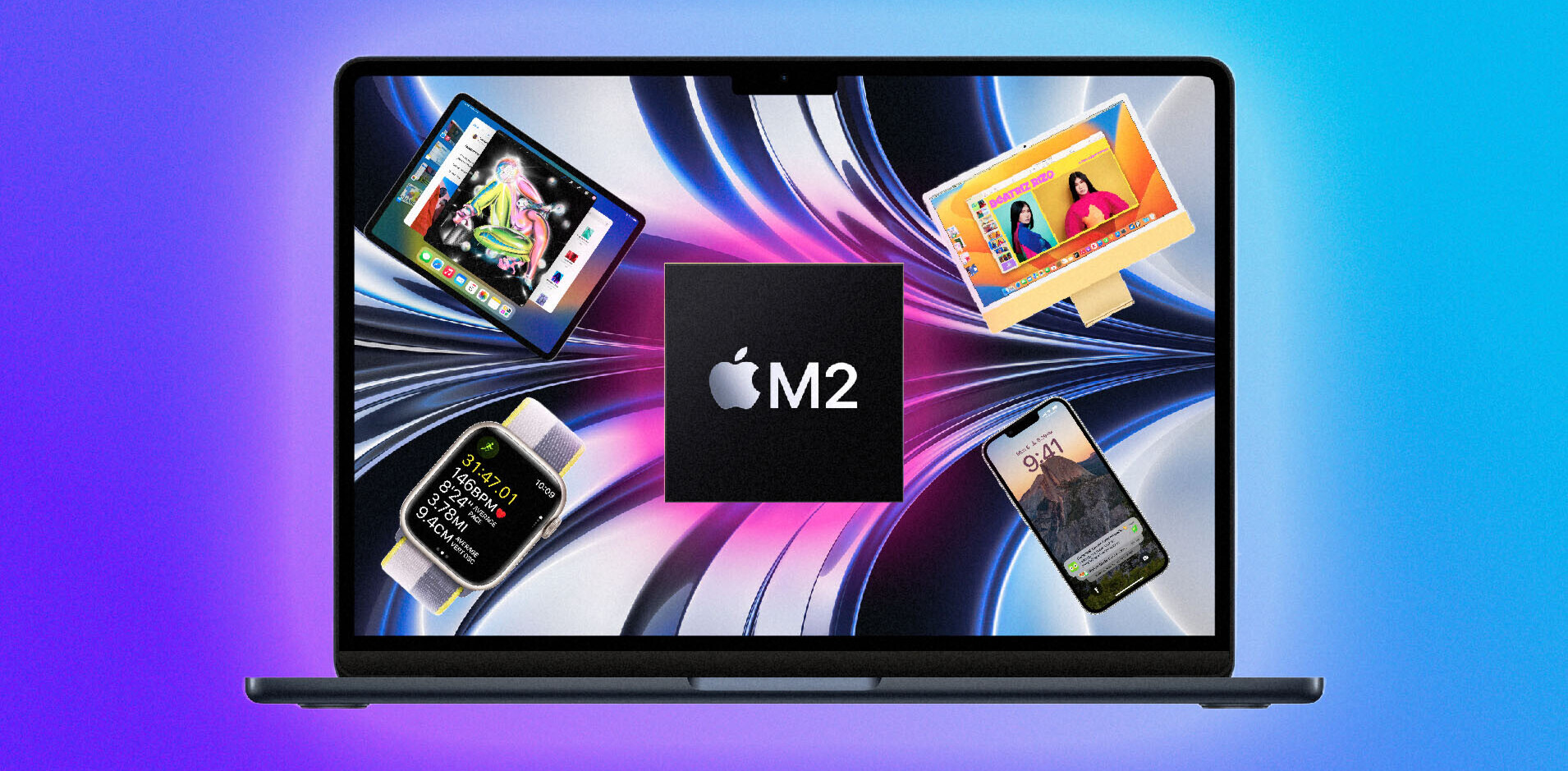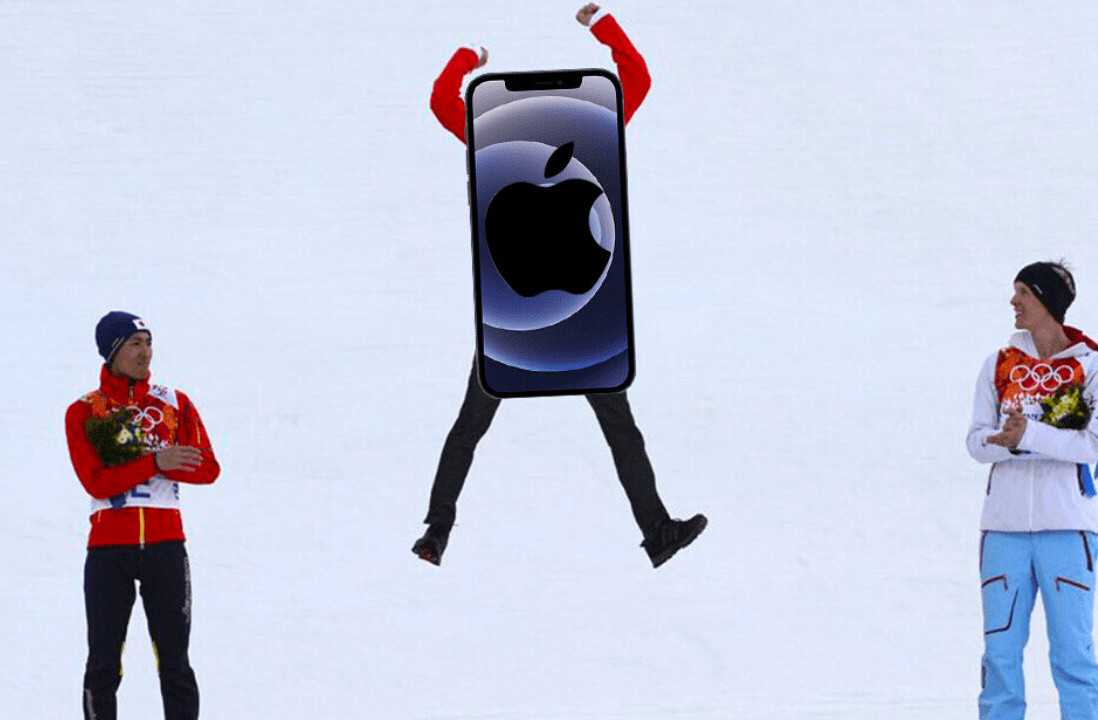
These days, it’s hard to see anything unexpected pop out of Apple announcements thanks to rumors and leaks that are almost always accurate. But the one thing that took some developers by surprise? The release of iOS 7’s completely new aesthetic.
Several product designers have taken this updated interface as an opportunity to give their apps a total revamp. There are several benefits that come with optimizing your app for iOS 7, and here’s why you should take the plunge if you haven’t already.
Developers are charging for iOS7 reboots – and that’s OK
Take Tapbots‘ iOS 7 update for Tweetbot, “Tweetbot 3,” for example. The new product comes with a limited-time price tag of $2.99 (the full price will be $4.99) and offers a slew of features worth paying extra to try.
Similarly,Clear released its iOS 7 update for $4.99 — an astronomical price in the world of iPhone apps, where a mere 99 cent increase could have users up in arms. Predictably, many users complained about such charges. After all, they had been used to downloading updates to their apps for free up until now.
So why charge?
A developer’s perspective
From the dev’s side of things, the outrage can be baffling. It takes money and time to update an app. Normally, updates may include minor bug fixes or implementations of new features, but the shift from iOS 6 to iOS 7 presented something much more radical: a change in how to think about both aesthetics and, relatedly, user interaction.
Optimizing mobile apps for an iOS upgrade is not something developers typically do unless there’s a major change in aesthetics and functionality; the switch from iOS 6 to iOS 7 is a perfect example.
1. New interface elements
The most immediate challenge for a developer building for iOS 7 is designing for the new interface and UI itself. Certain elements that may work in one version of iOS may not work in the other, so developers spend a lot of time reformatting.
If you’re using something like Apple’s Interface Builder tool, you might find it easier to upgrade to iOS 7’s standards. The tool allows you to view comparisons of what your app looks like in both iOS 6 and iOS 7 – a great visual to see how drastic changes can be.
It’s important to remember that Apple has been pushing for these changes over the last year or so, and it takes time and effort for developers to build them out. Be patient with integrating new elements.
2. Introducing motion
Perhaps the secret sauce to iOS 7 is its beautiful use of motion and physics. Unsurprisingly, Apple has also been pushing developers to take advantage of the new animation features in iOS 7.
A recent Tech Talk I attended placed motion front-and-center for developers. But implementing motion in an app isn’t just about slapping in a piece of animation anywhere, it’s about thoughtful reengineering of the entire app experience and how a user interacts with it.
While animations did exist in iOS 6, iOS 7 introduced animations that gradually occur, breathing some new life into apps. One very basic example is the new unlock screen: Entering an incorrect passcode will cause the numbers to shake or vibrate, indicating you to try again.
Introducing this new element of motion into apps takes a lot of time and thought in considering how apps can be completely re-imagined. It’s because of this kind of foundational change that developers are justified in charging users money, so you have to really stop and rethink the blueprint of your app.
3. App Store policies discourage charging for updates
As it turns out, Apple does not allow developers to charge for updates. As a result, developers who put time and energy into an update are forced to release an entirely new app in order to make money.
This is frustrating for both users and developers. For instance, take a user who may have just paid for an app in the past month: when the app gets an upgrade as an entirely separate app, should they be forced to cough up more money?
It’s unclear what the solution will be, other than the gradual acceptance on the part of users that developing and updating apps is costly, and it’s worth paying for like any other product.
Apple recently announced that it will not charge users for software such as iWork or iLife, or even for desktop OS updates. This is in conflict with developers who are caught in the middle: to follow suit would be a death knell for independent developers whose only revenue stream comes from app sales. To not follow suit would continue to send mixed messages to consumers who are treated to free updates by Apple, but seemingly “costly” updates by app developers.
Still, remember that your apps do the things Apple does not. It simply uses Apple’s platform as the communicator.
A new revolution: Thinking of apps as products
Some have criticized developers for not thinking through a robust revenue strategy and traditional business model before launching free apps. But I certainly don’t blame them for being enthusiastic about the marketplace and the opportunities it presents.
Recently, it’s become something akin to a modern gold rush – apps without clear business strategies like Snapchat and Instagram have raked in valuations in the billions. Who wouldn’t want a piece of that pie? To place blame squarely on developers who seek to see the same kind of success would be completely ignoring the current ecosystem of “build first, gain traction, and think about profit later.”
This isn’t to say that such strategies are correct or sustainable, they’re not. With the rise of apps acknowledging how much effort and time goes into upgrades, we’ll begin to see a new generation of apps that will think more strategically, and perhaps creatively, about how to build revenue and build a real business.
On the consumer side, hopefully we’ll see a similar shift from viewing apps as simply “apps” but as real products like any other piece of hardware or software we’re used to paying money for.
Image credit: Kim White/Getty Images
Get the TNW newsletter
Get the most important tech news in your inbox each week.
This post has been brought to you by New Relic: A powerfully simple way to monitor your Web and mobile applications.





